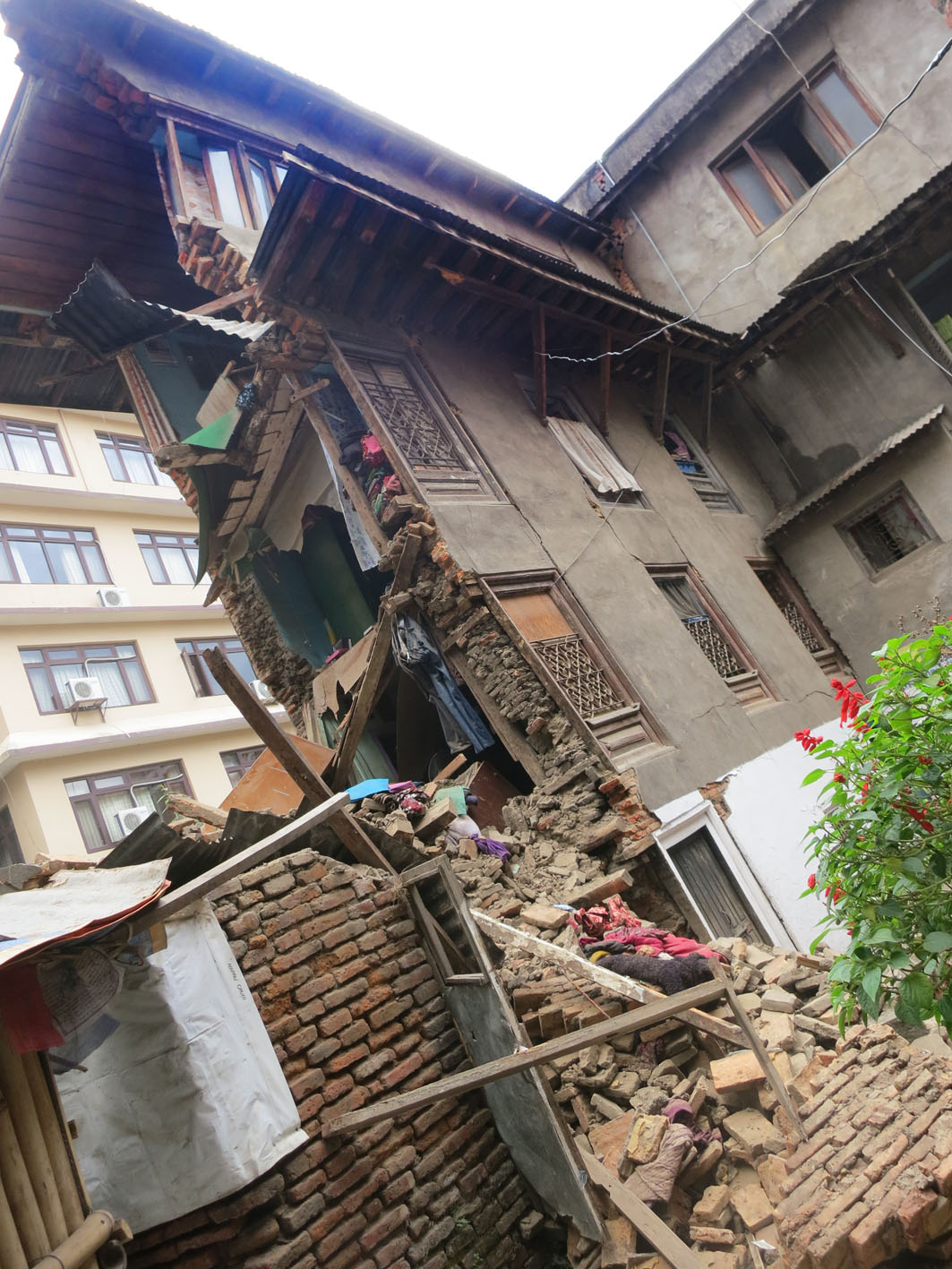Asia and the Pacific are most at risk from natural disasters, according to a report from the United Nations Office for Disaster Risk Reduction. More than 90 million people worldwide were affected by natural disasters in 2015. Asia is the world’s most disaster-prone continent, with 152 out of the 346 reported disasters worldwide. This isn’t surprising, given that it is both geologically active and the most populous region on Earth. In the last few decades, earthquakes, tsunamis, and typhoons were among the deadliest natural hazards in the world. In 2015, earthquakes topped the list; the magnitude-7.8 Nepal earthquake in April claimed more than 8,000 lives, causing widespread damage in Gorkha and its surrounding areas. Earlier this year, the earthquake in Taiwan saw more than a hundred casualties, almost all from a shoddily constructed apartment building that collapsed in the quake.
Disaster preparedness
While natural hazards are inevitable, we can minimise loss of lives and economic risks by managing disaster risk. In the case of earthquakes, adopting better building practices is key. More generally, science and technology have proved to be immensely useful in the above instances and continues to be so, especially with regards to disaster preparedness plans in anticipation of natural hazards. Information from satellites has saved lives through forecasts and early warning systems. With more data, scientists can provide decision-makers with evidence-based action that will reduce the country’s vulnerability, including the loss of lives. That said, the onus is on governments and the relevant authorities to increase hazard awareness and educate communities at risk—especially those in less developed countries—to adopt appropriate responses during such crises.

2015: The hottest year on record
Weather and climate-related disasters dominated 2015, the hottest year on record. Results of recent studies showed that sea levels are rising at alarming rate, as sea levels in the twentieth century have risen more than it did in nearly three millennia. With that, we can expect to see more climate-related disasters. Findings from a study conducted by Aalto University in Finland showed that rising sea levels threaten more people worldwide than they had earlier estimated. The communities most at risk are those located within 100 kilometres from the coast and 100 metres above the current sea level. The new estimate puts the number at 2.4 billion people worldwide, up from the 1.9 billion at present. To put this in context, more than 60 million people in South Asia live in areas that are vulnerable to coastal flooding, and that continues to be a pressing problem for these countries.
Working towards reducing disaster risk
The Observatory’s researchers understand the role that science and technology can play in reducing disaster risk, often using multidisciplinary approaches and working our way toward a clearer understanding of natural hazards across Southeast Asia and beyond, with the aim of better preparing at-risk communities for these phenomena. Research on the intersection of science and society is also a valuable aspect of the institution, with outreach initiatives raising awareness of natural hazards and communicating Earth science topics to the public. Our colleagues work with governments and affected communities on post-disaster recovery and what they can do to build back better.